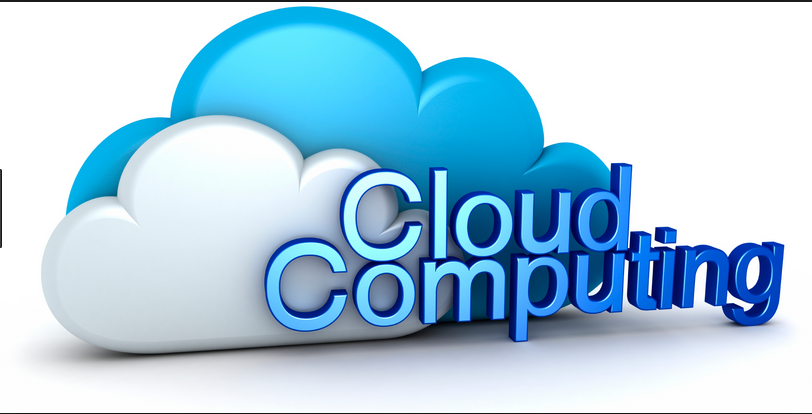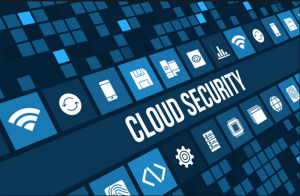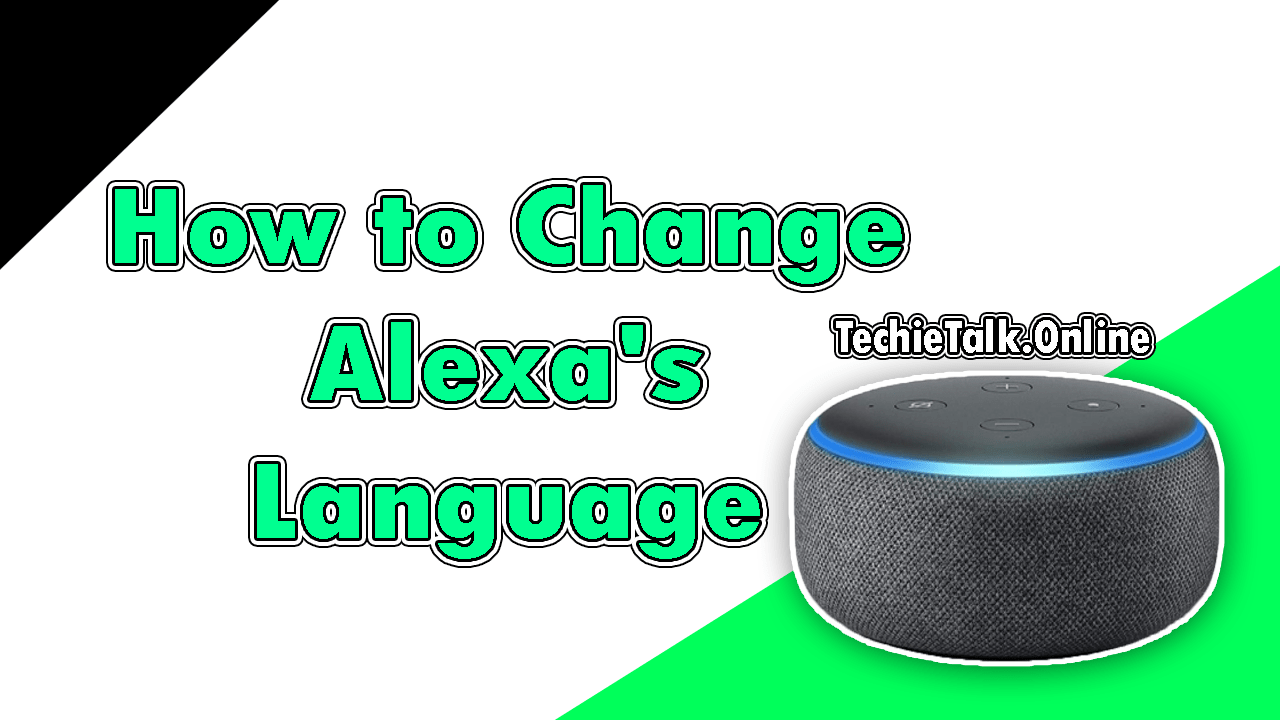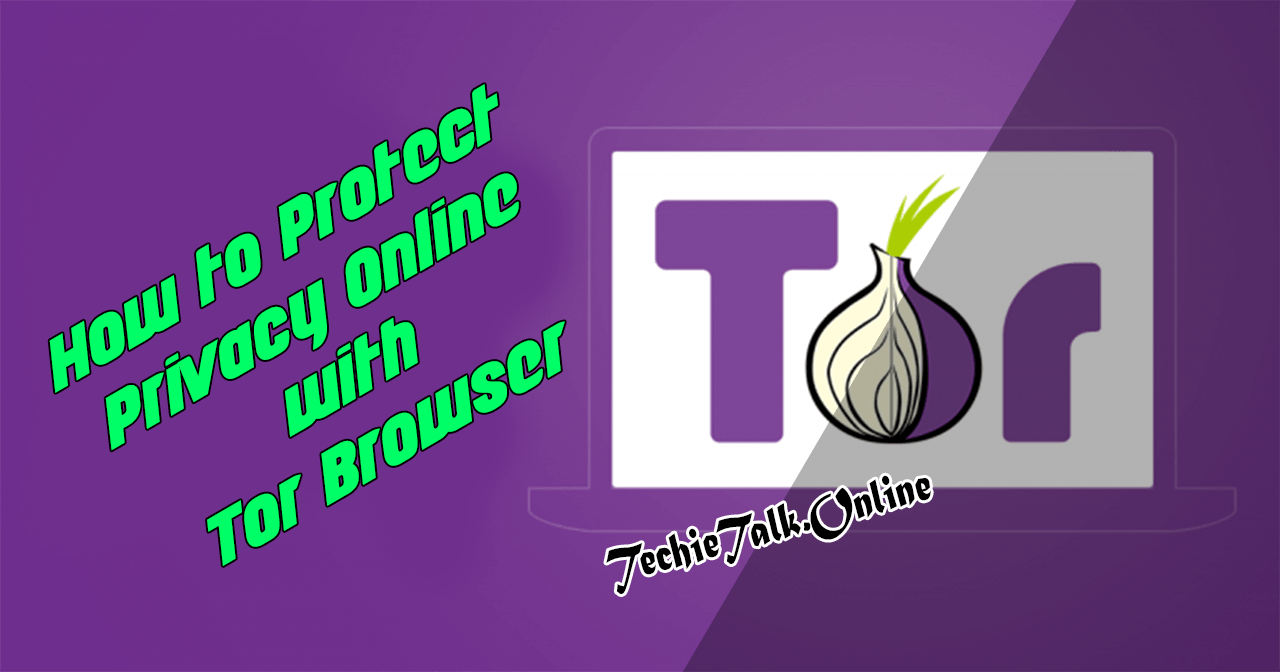
What is the Cloud Technologies and Security
What is the cloud: While cloud computing is new term, it is not a new concept and is actually a grown-up and more mature version of what used to be known as grid computing.
No matter what you call it, the cloud is a way of moving services, infrastructure, and platform into the new environment.
Ideally, this move makes the growth and management of software and other technology easier and more cost effective than before.
NOTE: The concept of the cloud has been evolving over the last three decades with many different ideas and developments converging to make the cloud what we understand it today. Of course, what initially was looked at as way of pooling resources and providing storage has become much more than that over the last several years.
So what is the cloud exactly, and how can we define it in a way that makes sense? In general, we can break down the list of characteristics of a cloud computing solution into something quite simple and succinct:
On-Demand Self-Service: Users of cloud services have the capability to tweak, customize, and configure services as needed to meet their needs both now and in the future.
Broad Network Access: Resources can be accessed from any device anywhere with any connection. The cloud is designed to be accessed from anywhere.
Resource Pooling: The provider’s computing resources are pooled to serve multiple consumers using a multi-tenant model, with different physical and virtual resources dynamically assigned and reassigned according to consumer demand.
Rapid Elasticity: Capabilities within the cloud have the ability to be expanded and adjusted to add more performance, space, or capabilities to the system, allowing the user to grow as needed without having to worry about the process.
In fact, to them it may seem like they have unlimited space or resources.
Measured Service: Cloud systems automatically control and optimize resources use by leveraging metering capabilities at some level of abstraction appropriate to the type of service.
Resource usage can be monitored, controlled, and reported, providing transparency for the provider and consumers.

NOTE: If you were to ask a group of IT people and executives what the cloud is, their definition would probably include much more flowery language and descriptions than what are used here. However, by most definitions the points listed here tend to describe the vast bulk of cloud deployments with minor difference here and there.
The most common areas where people have encountered cloud technologies are things like email and the widespread use of services such as Google Docs, which allows collaboration with multiple users across the internet.
The average Joe doesn’t need to have a dedicated desktop mail client to store all their email and attachment but instead can store everything in the cloud and use a web browser for access.
Office suites such as Google Apps and Office 365 have also entered the cloud services world and are used by numerous consumers and business.
We should also mention that services such as Dropbox and OneDrive are also popular cloud storage options that both the consumers and the workplace should be aware of.
Microsoft and other companies are also experimenting with moving programs to the cloud to make them more affordable and more accessible to computer and internet users.
These include technologies such as Exchange, Active Directory, SharePoint, and more.
With the ubiquitous support for cloud technologies by both service providers and the consumers, it is no doubt that they will be around a long time.
Consumers will continue to use the services offered by the cloud, and businesses will seek to move the cost and responsibility to a third party in order to simplify this responsibility and lower the expense.



